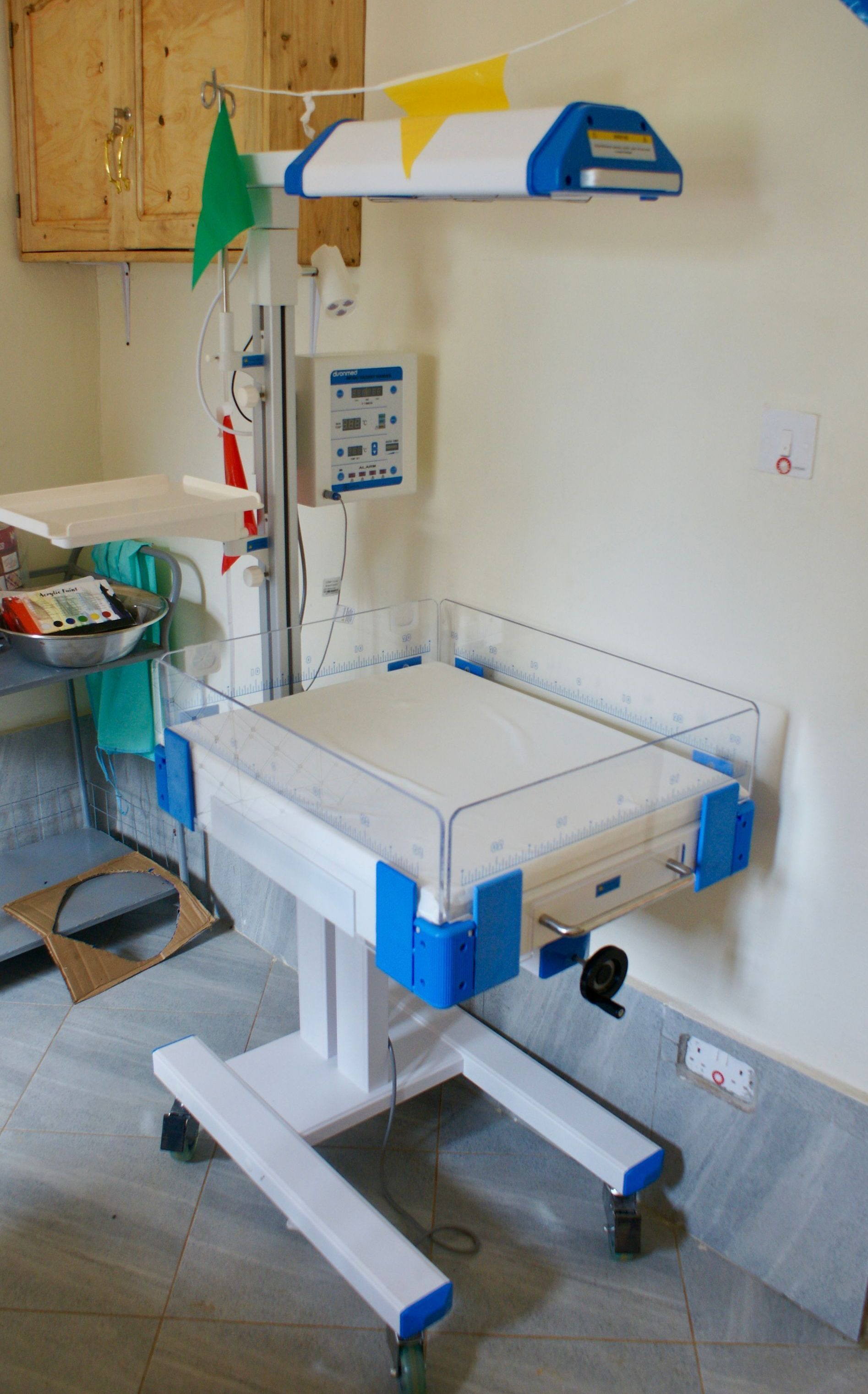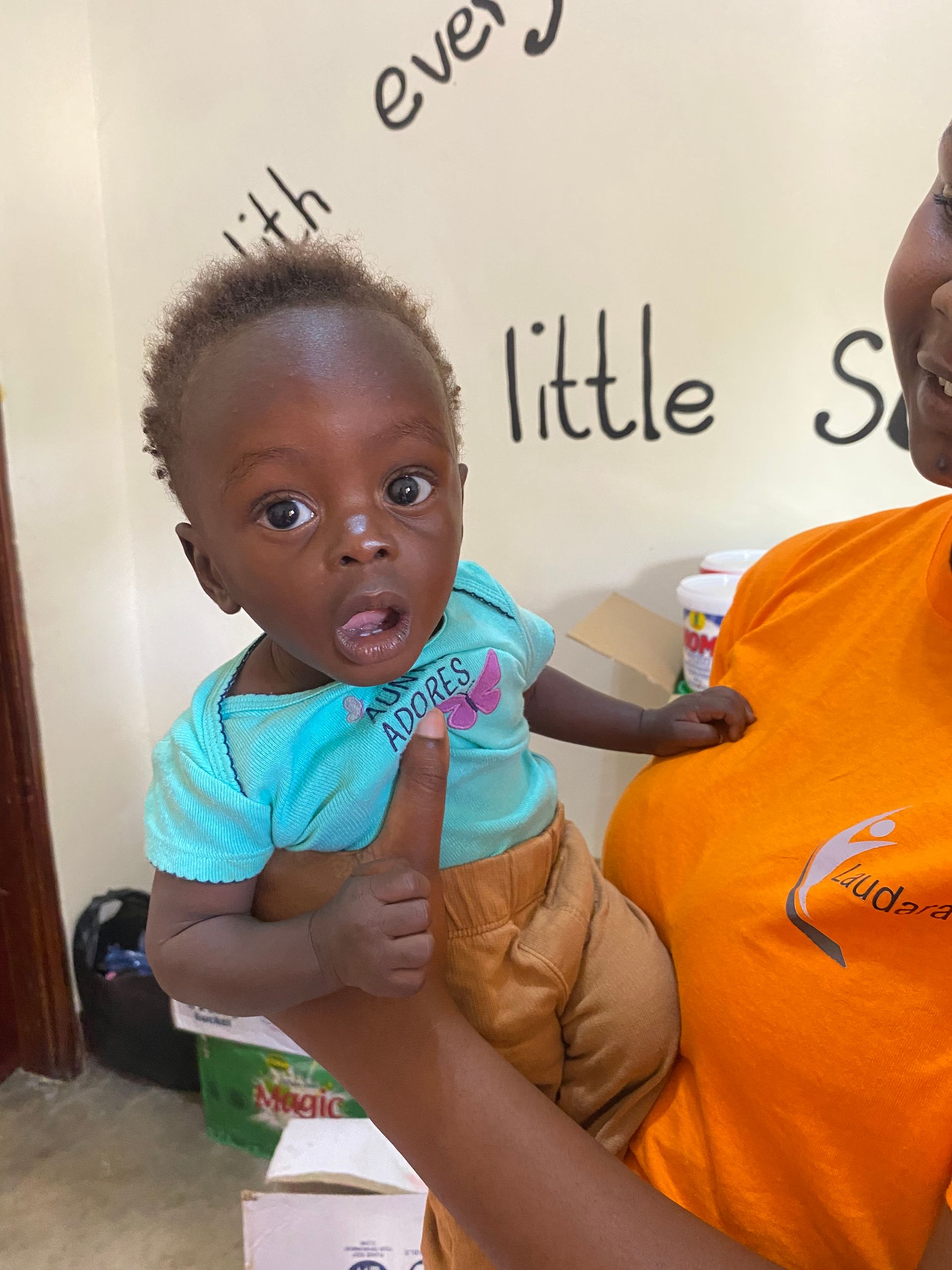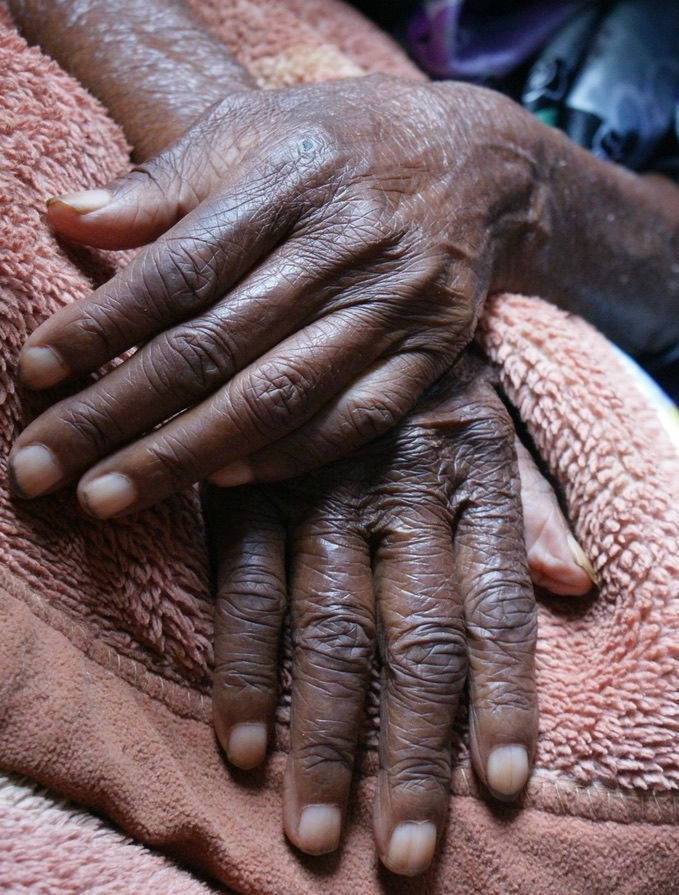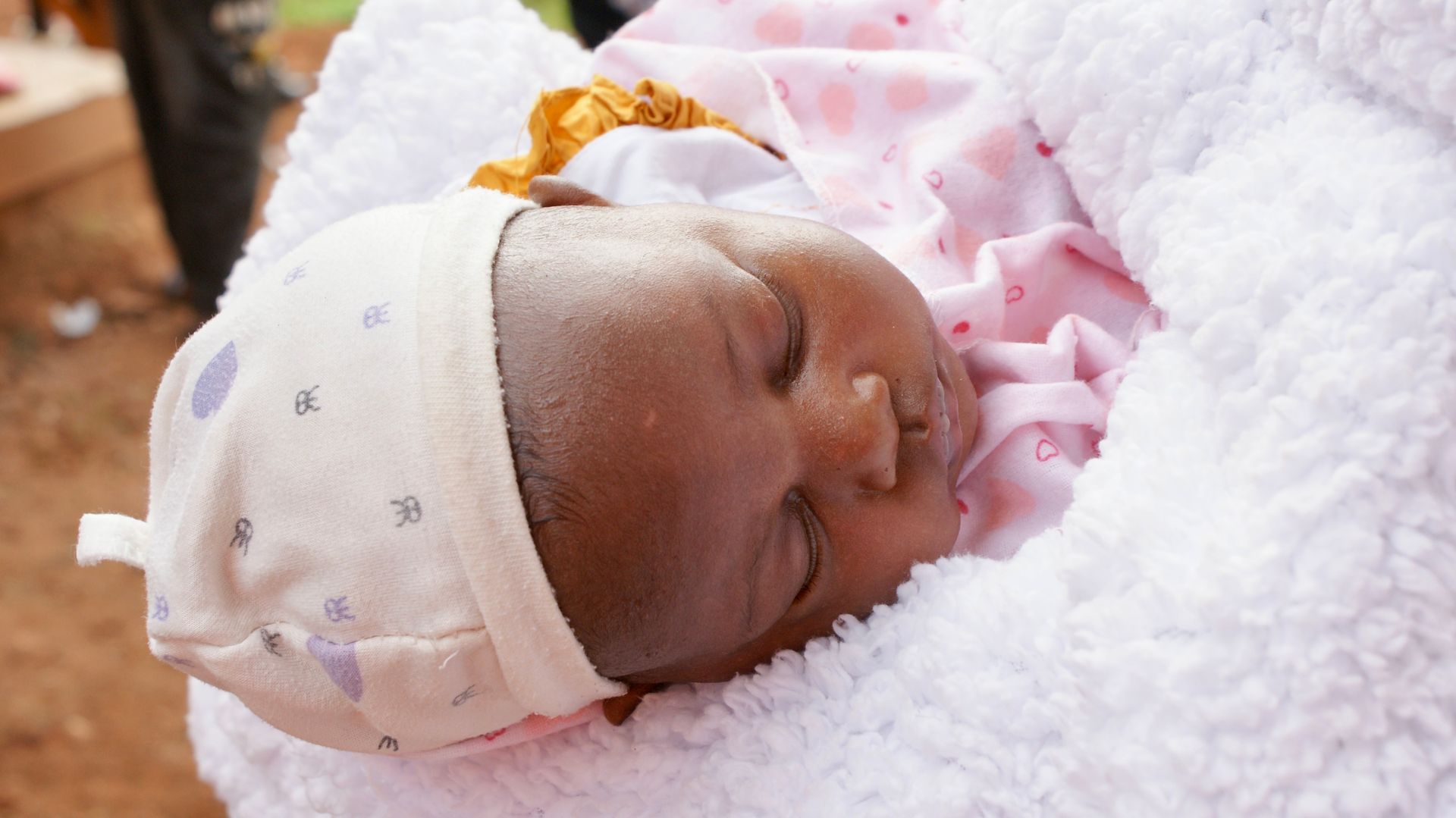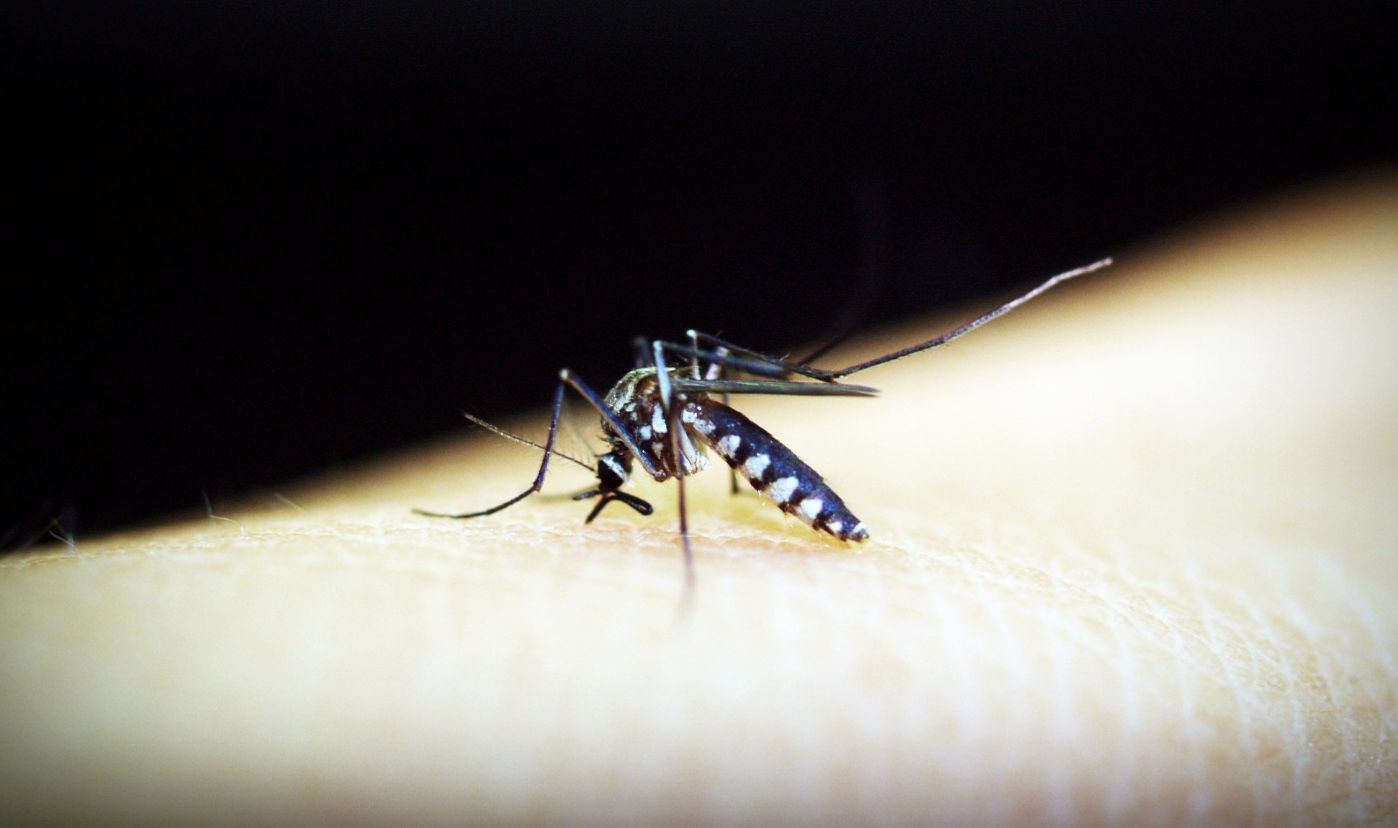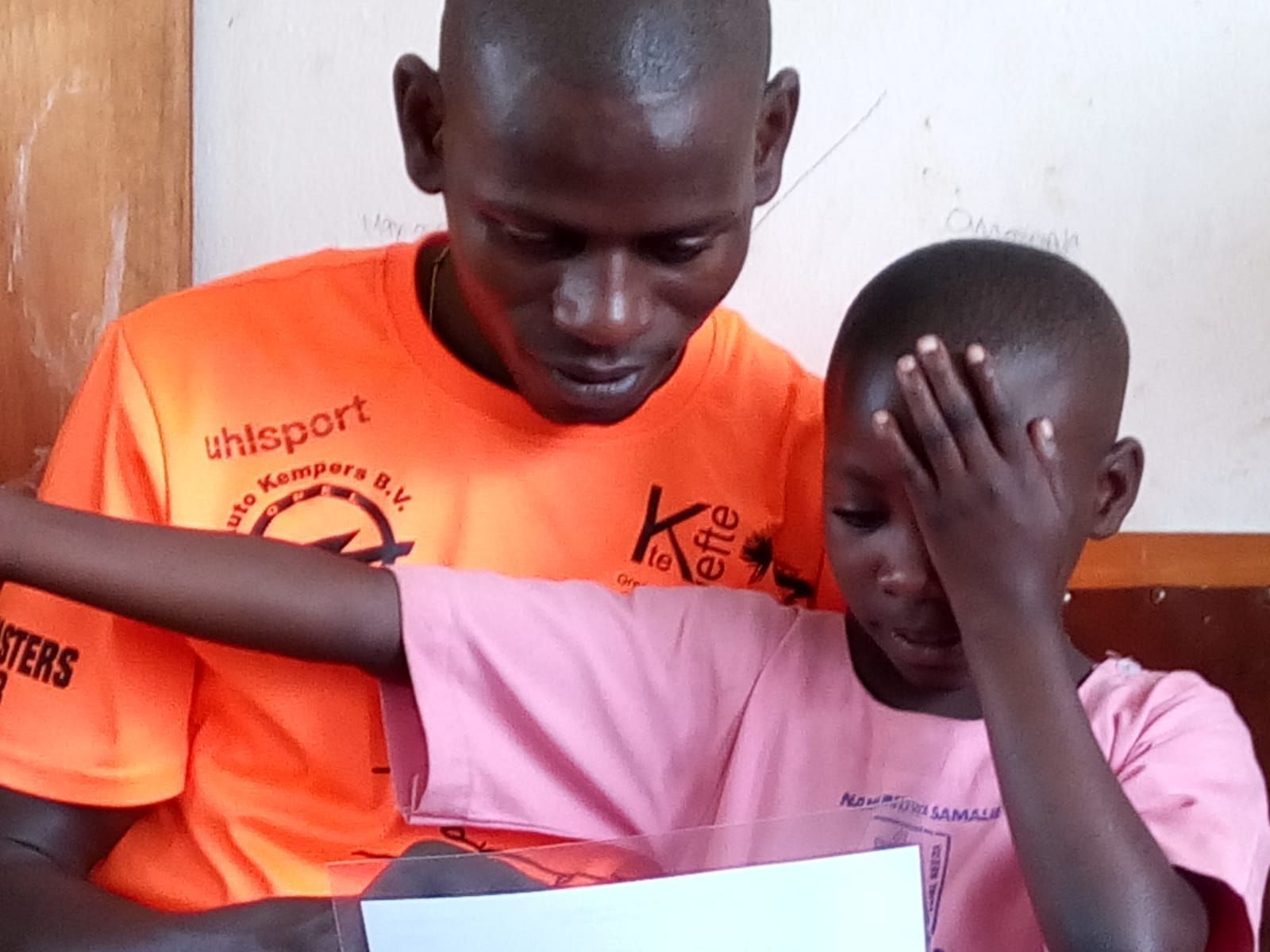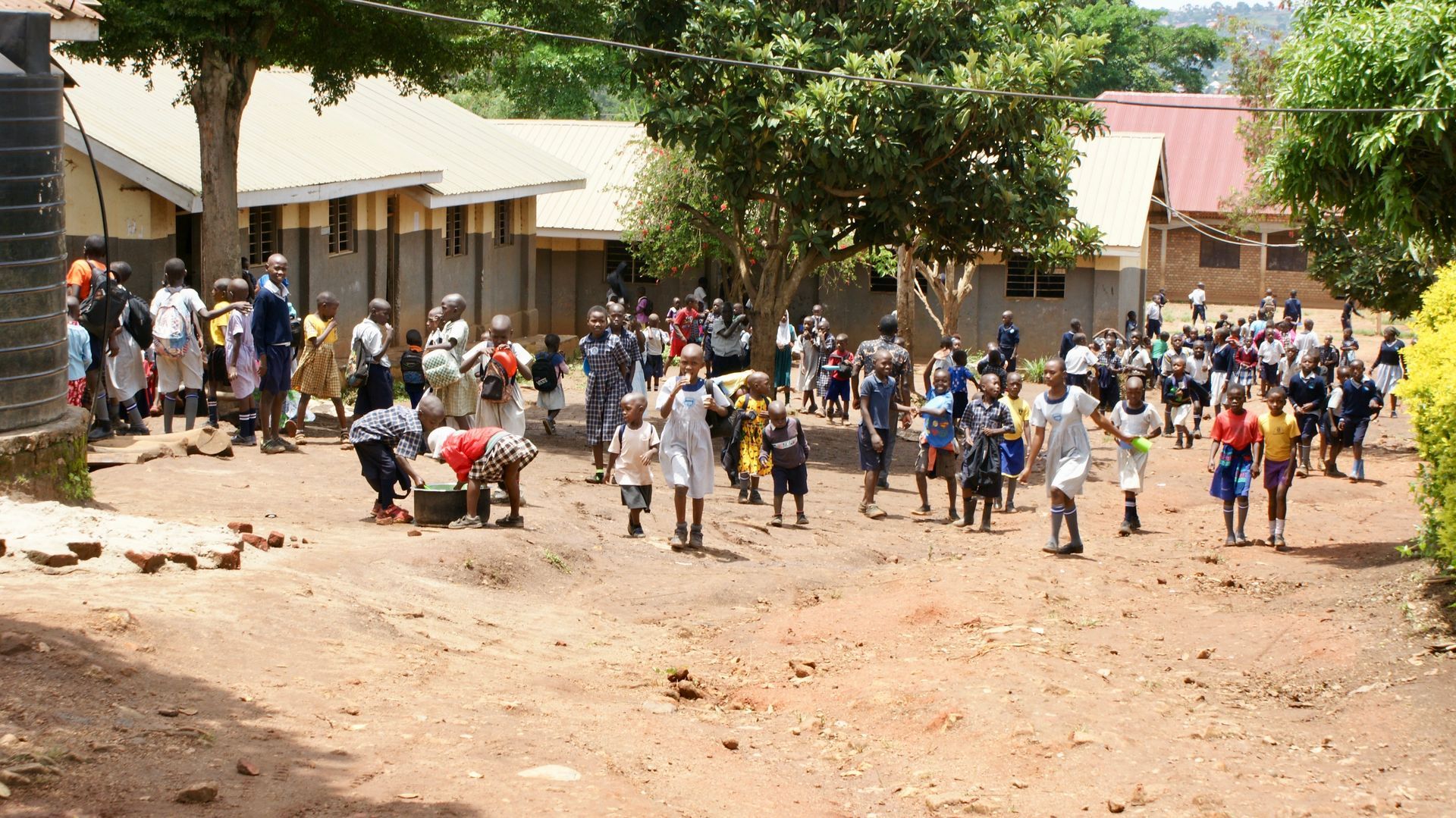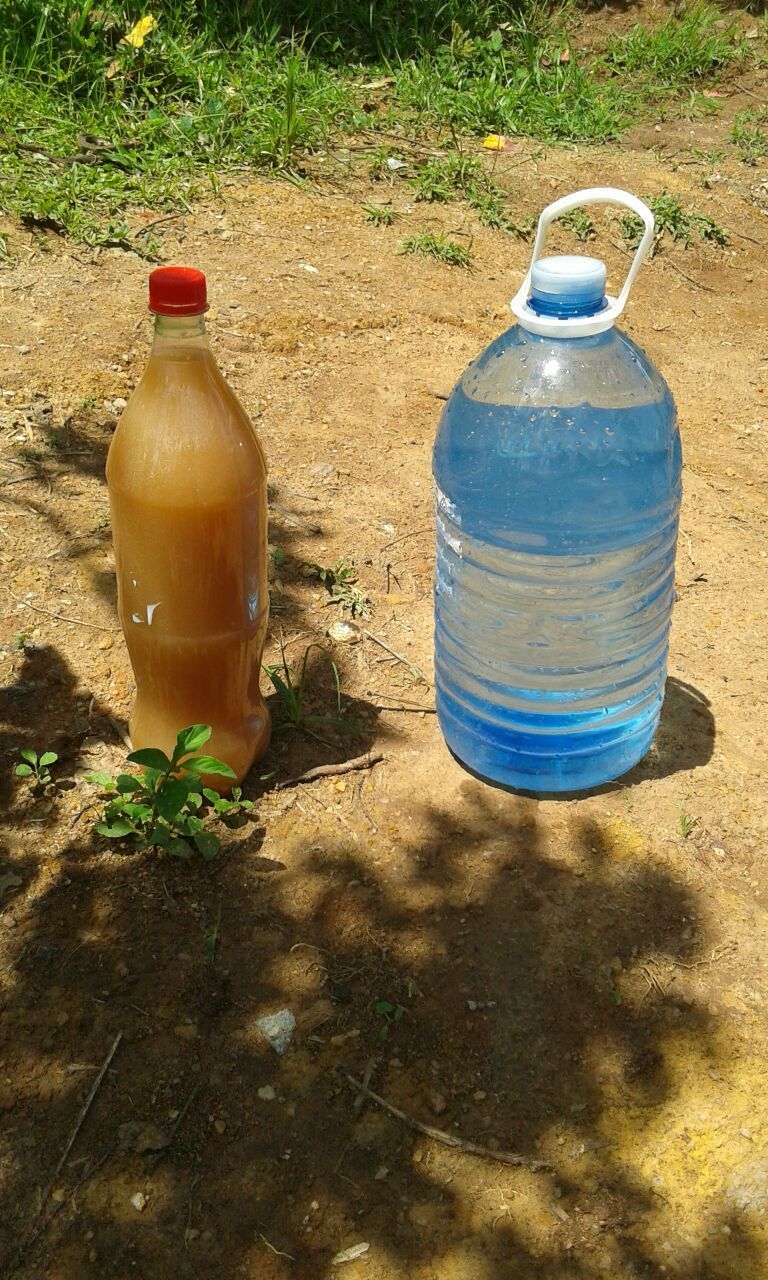What is a Baby Warmer?
A baby warmer, also known as an infant warmer, is a medical device designed to provide controlled warmth to newborns. This is essential because maintaining an appropriate body temperature is vital for an infant's survival and overall health. The device typically consists of:
Heating Element: Provides consistent warmth to the baby.
Control System: Regulates the temperature to prevent overheating or hypothermia.
Access Ports: Allow healthcare providers to examine and treat the baby without removing them from the warmer.
You might think why a babywarmer is needed in the tropical environment of subsaharan Uganda. But while Uganda is generally warm, the use of a baby warmer is actually still crucial, particularly in rural areas like Ndegeya where healthcare resources are limited.
Importance of a Baby Warmer:
Prevention of Hypothermia:
Newborns, particularly those born prematurely or with low birth weight, are at high risk of hypothermia. A baby warmer helps maintain their body temperature.
Improved Survival Rates:
Proper thermal management significantly increases the chances of survival for vulnerable infants.
Facilitation of Medical Procedures:
The design allows for easy access to the baby for medical assessments and interventions while keeping them warm.



